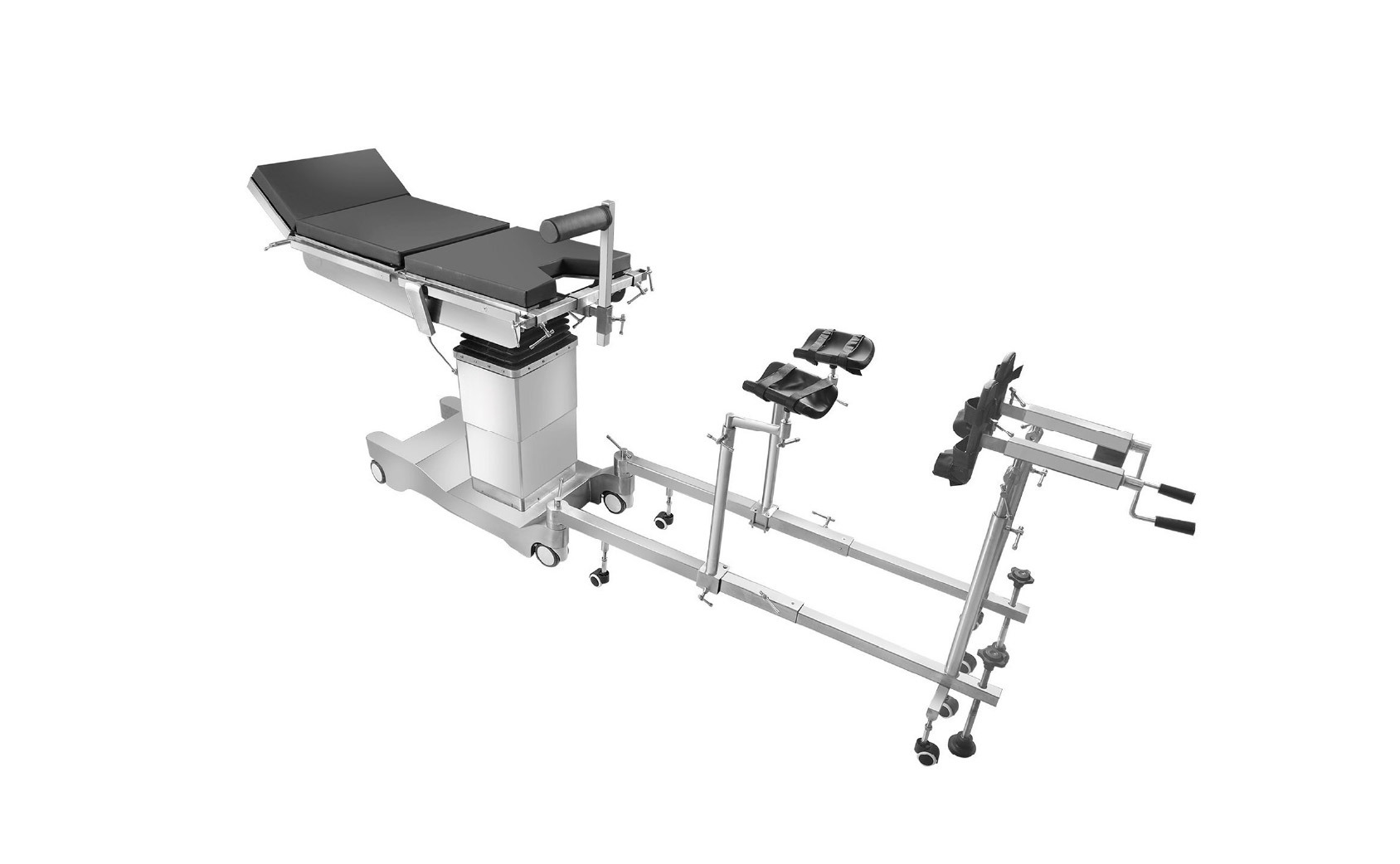From Trauma to Pediatric Care: A Comprehensive Look at North America’s Orthopedic Fracture Table Market

“The North America Orthopedic Fracture Table Market is currently experiencing substantial growth, fueled by a rising demand for advanced fracture management solutions across hospitals, specialty clinics, and research institutions. The market is anticipated to expand from USD 486.1 million in 2023 to USD 945.4 million by 2032, reflecting a robust compound annual growth rate (CAGR) of 8.2%. The United States stands out as the dominant player in the regional market, expected to generate USD 884.7 million by 2032, while Canada and Mexico are projected to grow at CAGRs of 9.2% and 7.0%, respectively. This market growth is driven by an increase in orthopedic procedures, a rise in medical tourism, and a growing preference for minimally invasive surgical techniques that necessitate advanced and versatile fracture tables.”
Regarding product types, operative fracture tables are expected to maintain their lead, projected to reach USD 542.8 million by 2032 with a CAGR of 8.5%. Adjustable fracture tables are also rapidly gaining traction, with an anticipated market size of USD 206 million by 2032, growing at a CAGR of 9.0%, owing to their ability to accommodate various patient sizes and surgical needs. Non-operative and fixed fracture tables are expected to maintain a steady presence, generating over USD 196 million by 2032. The increasing complexity of trauma surgeries, along with rising pediatric and geriatric fracture cases, is influencing a demand for multifunctional tables equipped with motorized adjustments and radiolucent surfaces. Surgeons and healthcare facilities are prioritizing operational efficiency, patient safety, and high-quality imaging during procedures, making advanced table designs crucial investments.
Material innovations are further shaping the landscape of this market. Stainless steel fracture tables continue to lead, projected to account for USD 520.2 million by 2032 at a CAGR of 8.4%, attributed to their durability, strength, and compliance with surgical standards. Composite tables are gaining popularity, expected to grow at a CAGR of 8.7%, thanks to their radiolucent features, lightweight design, and adaptability for imaging-intensive tasks. Aluminum tables are also on a steady growth path, with a forecasted CAGR of 7.4%, ideal for smaller surgical facilities. The focus on hygienic surfaces, compatibility with sterilization processes, and longevity is driving hospitals to adopt premium materials, while cost-effective options are catering to smaller clinics and emerging markets in the region.
Application-wise, trauma surgery is expected to be the key driver of the North American market, projected at USD 487.1 million by 2032 with a CAGR of 8.6%, resulting from an increase in road accidents, sports injuries, and a high demand for emergency orthopedic care. Orthopedic surgeries, including joint reconstruction and arthroscopy, are anticipated to reach USD 276.2 million by 2032 at a CAGR of 7.8%. Geriatric fracture management is emerging as a high-growth segment, estimated to reach USD 122.7 million at a CAGR of 9.1%, reflecting the aging population and a rise in osteoporosis and fall-related injuries. Pediatric fracture management is also expected to show steady growth, with forecasts of USD 59.3 million by 2032, driven by urban healthcare expansion and specialized pediatric orthopedic services.
From an end-user perspective, hospitals are the largest adopters of orthopedic fracture tables, projected to reach USD 669.1 million by 2032 at a CAGR of 8.5%, facilitated by investments in trauma and surgical departments. Orthopedic specialty clinics are expanding at a rapid pace, expected to reach USD 179.8 million by 2032 at a CAGR of 8.8%, as these clinics provide high-volume, precision-driven surgical solutions. Research and academic institutions are also contributing to technological advancements and adoption, with expectations of reaching USD 65.4 million by 2032 at a CAGR of 6.5%. Rehabilitation centers, although smaller, are progressively increasing their usage of fracture tables to aid in patient recovery, forecasted to reach USD 31.1 million by 2032 at a CAGR of 3.1%.
Sales channels are evolving to address the demand for efficient procurement. Direct sales remain the leading channel, projected to reach USD 593.4 million by 2032 at a CAGR of 8.2%, ensuring that hospitals and clinics receive tailored solutions. Healthcare supply procurement channels are experiencing rapid growth, expected to reach USD 286.7 million at a CAGR of 8.5%, driven by bulk procurement and long-term service agreements. Online retail is gradually becoming a viable option for smaller clinics and academic institutions, anticipated to reach USD 65.3 million by 2032 at a CAGR of 6.6%, reflecting the increasing digitalization in medical equipment procurement.
In summary, the North America Orthopedic Fracture Table Market is propelled by advanced surgical requirements, an increase in geriatric and trauma cases, and a shift toward modular, adjustable, and imaging-compatible tables. Innovations in materials, application-specific designs, and diversified sales channels are ensuring that hospitals and specialty clinics are equipped to enhance operational efficiency, improve patient outcomes, and maintain a competitive edge in a rapidly evolving healthcare landscape. A continued focus on precision, safety, and patient-centered care is expected to drive sustained double-digit growth in this market.